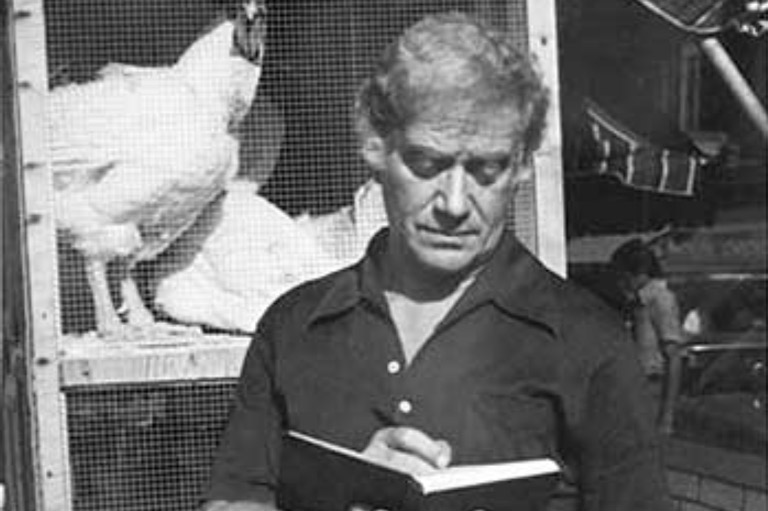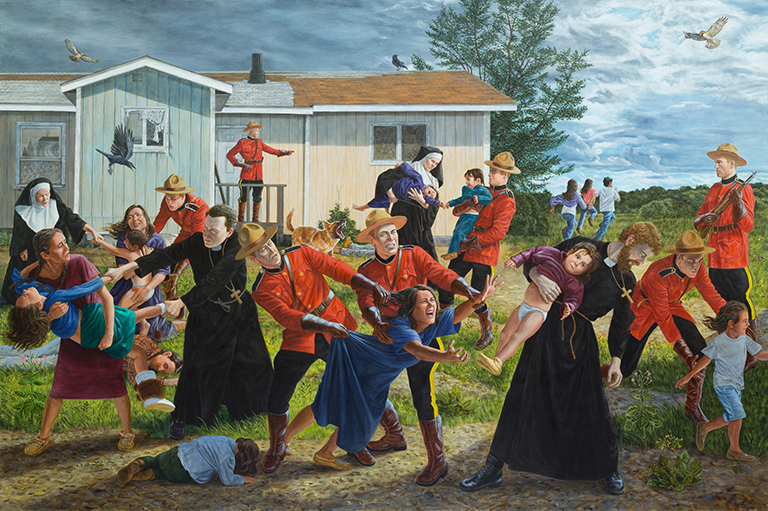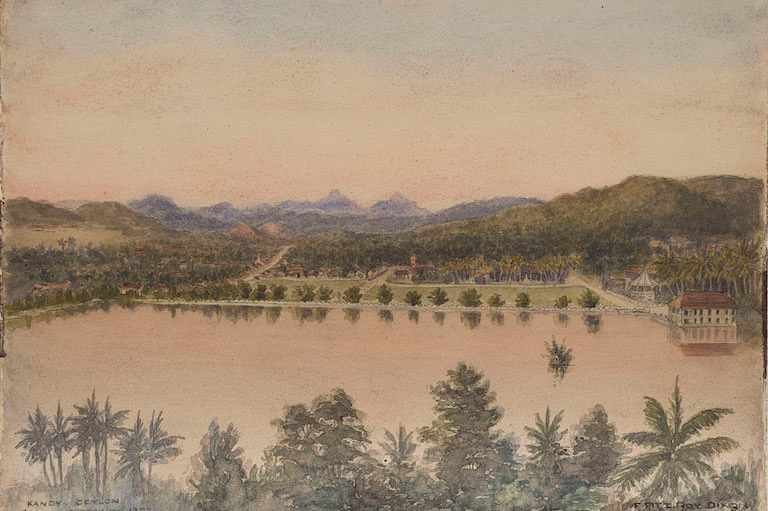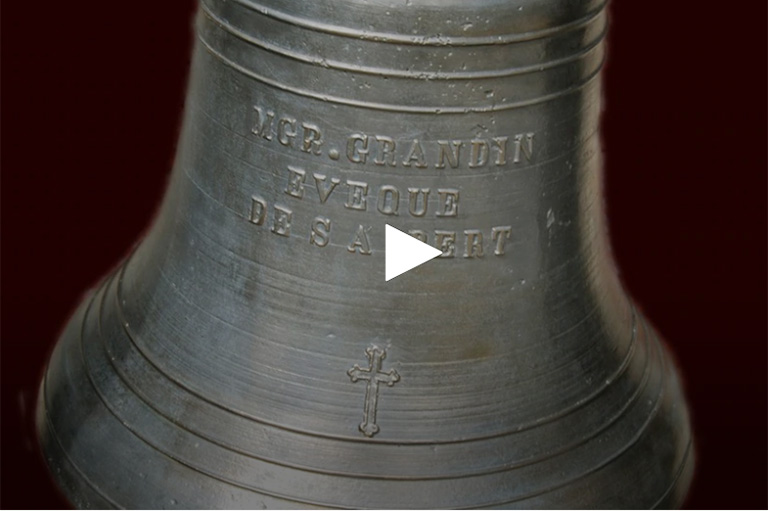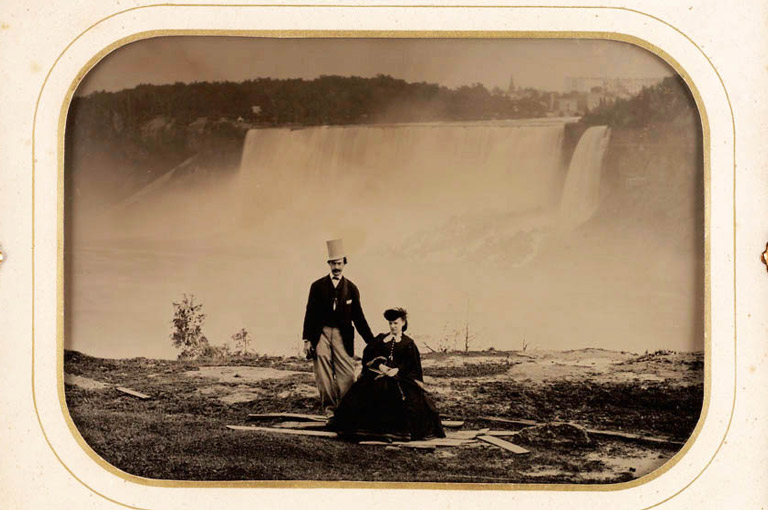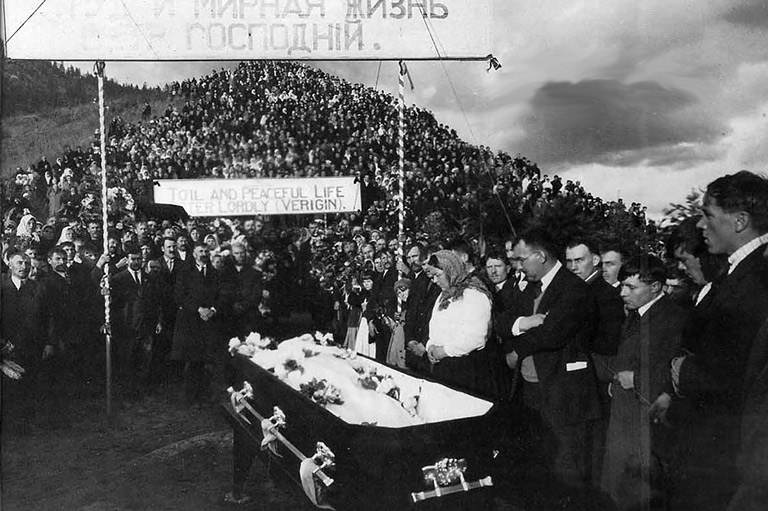Artful Dodging
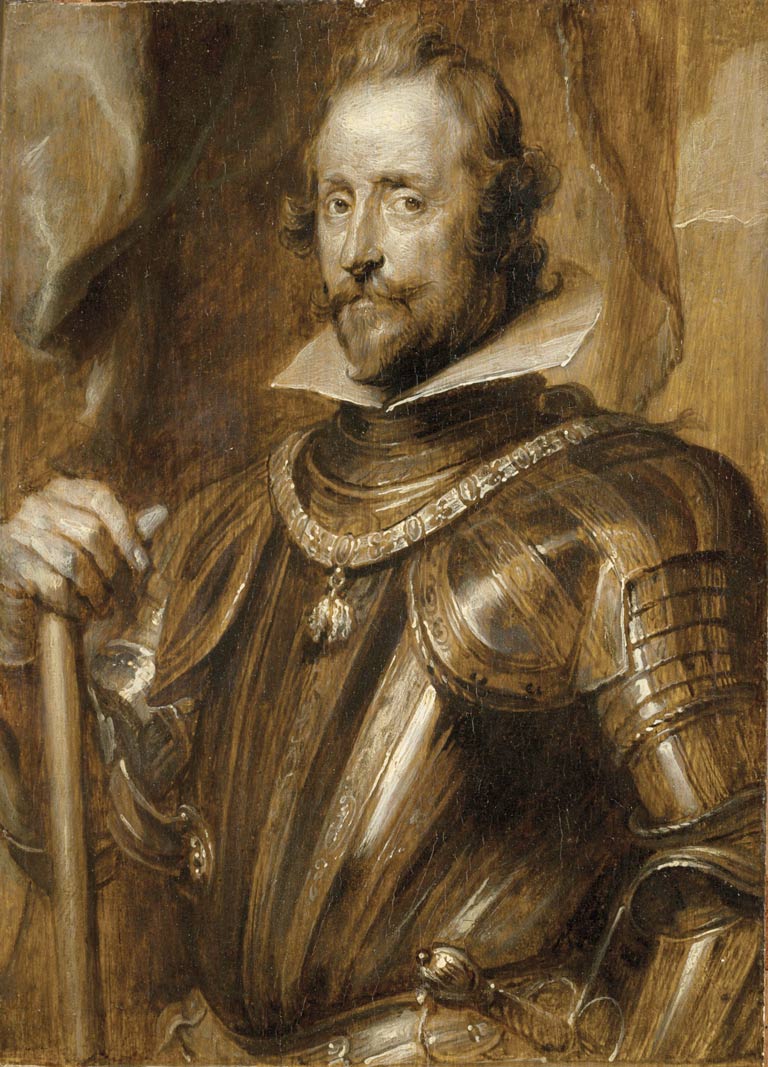
How did the artwork of a 17th-century Flemish master wind up at the University of Toronto for more than 20 years? It’s complicated.
The artwork in question — The Portrait of Wolfgang Wilhelm of Pfalz-Neuburg — is an oil-painted sketch by Anthony van Dyck that dates to the 1680s. For most of its life, the portrait had been part of the family collection of Mary Montagu Douglas Scott, Duchess of Buccleuch and Queensberry, and was kept at Boughton House, the family home in Northamptonshire, in England’s East Midlands.
In 1957, the duchess happened to visit the Fogg Art Museum at Harvard University in Cambridge, Mass. One of the van Dyck paintings there, she noted, was very similar to one at Boughton House. Soon, she realized theirs was missing, initiating investigations to find out how the painting reached America.
At the time of the duchess’s visit, van Dyck’s grisaille was owned and had been lent to the museum by Lillian Malcove, a private collector. Though a New Yorker, Malcove spent her formative years in Winnipeg after her family immigrated there from Russia in 1905, potentially explaining why she chose to bequeath her art collection to U of T.
With 7 uniquely curated newsletters to choose from, we have something for everyone.
The painting itself had previously been purchased by two other New York City art collectors, the first of whom had bought it from Christie’s auction house in New York in 1954. The seller was Leonard Gerald Gwynne Ramsey, editor of Connoisseur, a reputed art magazine of the time.
Ramsey visited Boughton House in 1951 with a photographer for an article about the family’s collection. Interestingly, the story didn’t mention the paintings. As investigations ensued, Sir Alec Martin, Christie’s managing director, wrote to Ramsey, asking how he acquired the painting. Ramsey claimed he’d bought it at an open country market in Hertfordshire for 10 shillings — following the suggestion of a then-deceased art collector to look for quality paintings there.
Save as much as 40% off the cover price! 4 issues per year as low as $29.95. Available in print and digital. Tariff-exempt!
But the evidence caught up to Ramsey’s lies quickly. In a 1953 letter to art dealer and historian Ludwig Goldscheider, Ramsey detailed his intentions to sell two van Dyck paintings to buy curtains for his house. Goldscheider gave Ramsey a certificate for selling the painting at Christie’s, calling it “a fine original and in perfect state.”
When questioned, Ramsey and Goldscheider insisted that the painting sold at Christie’s was not “the same quality as those in the Buccleuch Collection.” However, the Fogg had insured the piece for $9,000 — testifying to its quality and origin. Plus, Ramsey couldn’t prove he got his painting before the Buccleuchs lost theirs.
The piece was returned to Malcove after the dispute arose. Following her death in 1981, it stayed at the University of Toronto until a decade long investigation by art historian Meredith H. Gale, ending in 2021, proved how it was stolen. The grisaille was finally returned to the Duke of Buccleuch in 2024.
Ramsey’s theft hid well, perhaps, as Gale has suggested, because of “the audacity of a thief cloaked in the respectability of expertise.”
We hope you will help us continue to share fascinating stories about Canada’s past.
We highlight our nation’s diverse past by telling stories that illuminate the people, places, and events that unite us as Canadians, and by making those stories accessible to everyone through our free online content.
Canada’s History is a registered charity that depends on contributions from readers like you to share inspiring and informative stories with students and citizens of all ages — award-winning stories written by Canada’s top historians, authors, journalists, and history enthusiasts.
Any amount helps, or better yet, start a monthly donation today. Your support makes all the difference. Thank you!
Themes associated with this article
Advertisement

